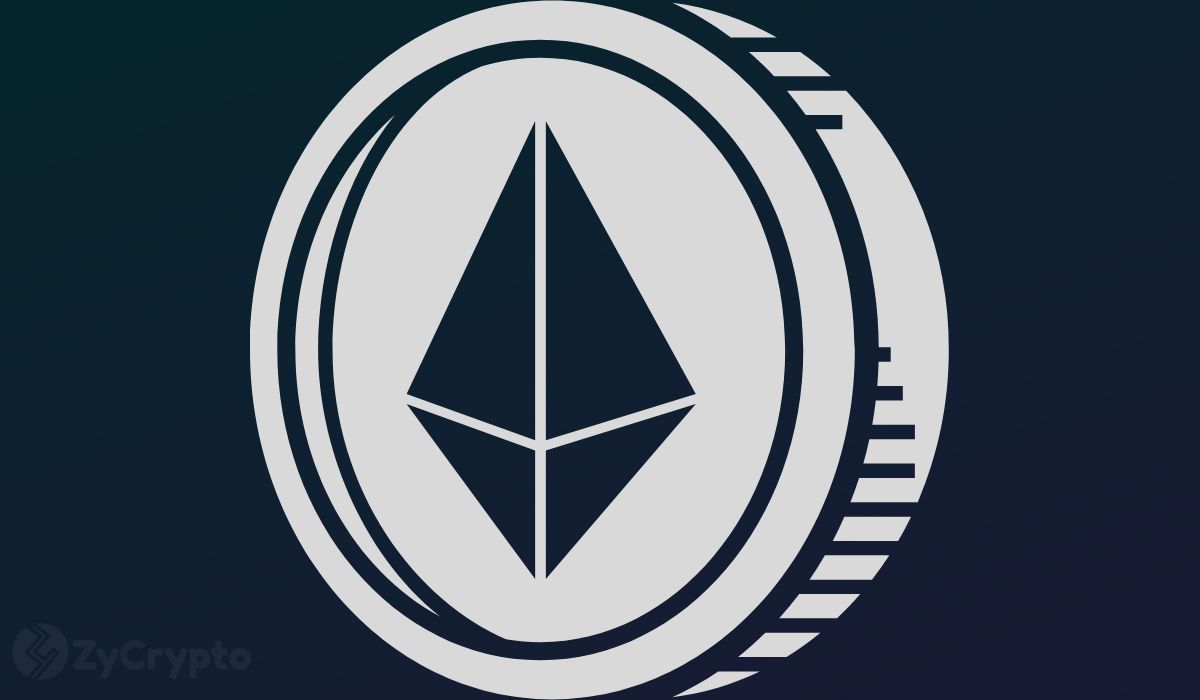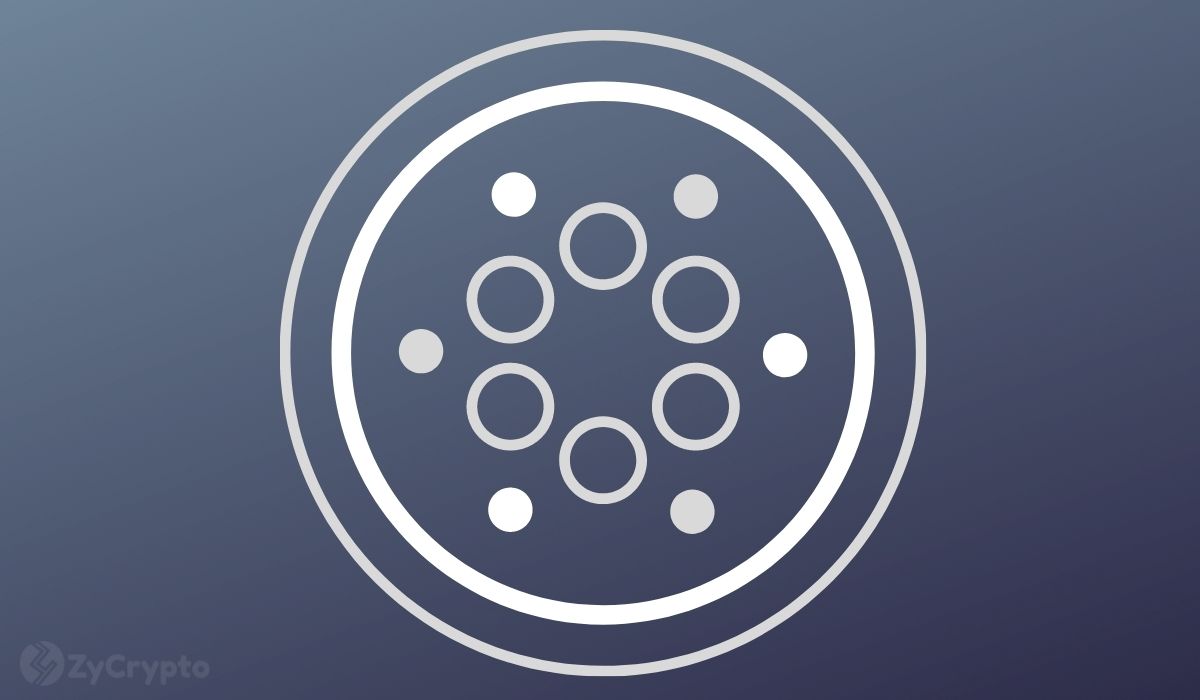2018-7-7 07:32 |
While commentators were abuzz with speculation that Cardano will merge with Google to jump start their offer, founder Charles Hoskinson is looking at other imperatives. Widely touted as an altcoin that can “compete with ETH,” Cardano is closely aligned to the Ethereum build in many ways. Any altcoin looking to overcome Ethereum’s first-mover advantage has its work cut out. The Ethereum platform, unlike celebrity Bitcoin, has proved a massively applicable and user-friendly platform for myriad token issues.
A growing body of evidence shows that Cardano is positioned to compete directly against Ethereum in the existing landscape. The somewhat under-sung Ethereum has a definite taste for smart contract assembly, dapps and decidedly network-driven growth. The first-mover advantage has been a persistent theme in the industry, notably among Bitcoin enthusiasts who have pointed to Bitcoin’s “original” status as the greatest promise of long-term value among digital coins.
A current snapshot of Bitcoin’s history shows a virtual coin almost a household name, never having lost its novelty in spite of a wave of follow-ups. Investors and developers, along with a rapidly growing body of merchants, are drawn to BTC for its glamour and demonstrable promise, albeit a volatile one. But another angle on value has emerged with Ethereum, as its value is also deep and constantly growing. Investors might lean towards Bitcoin, but with its penchant for diverse application, the Ethereum network is the darling of developers and dapp builders. The vast majority of ICOs employ the ERC-20 protocol in their offers.
As blockchain technology slowly works its way across the planet, digital tokens are an essential tag-along. The cryptocurrency and utility token arena is quickly becoming far more complex than before, with crypto-fueled networks burgeoning and massive application looming. That gives Ethereum a different kind of value, one that might well come out right at the top over the next decade.
Cardano And Ethereum Head To Head?The Cardano founder Hoskinson has a very relevant historical association with the current second altcoin rated by market capitalization. He was in fact one of the original team that founded Ethereum, yet disputes between him and Vitalik Buterin prompted his exit.
Charles Hoskinson subsequently went on to establish Inside Outside Hong Kong (IOHK), the umbrella company now behind the Cardano project and its digital currency ADA. Hoskinson met Buterin when he started a Bitcoin digital school during 2013, and he has the funds to pursue his crypto ambitions. Forbes estimates that the seasoned cryptosphere fundi has gleaned at least $500 – $600 million from his endeavors.
Hoskinson lists many reasons for Cardano’s latent ability to effectively compete and ultimately usurp Ethereum, in spite of coming later to market. The first is the Ethereum network’s accessibility via written code. Cardano is trying to capitalize on this access, employing Ethereum’s Virtual Machine (EVM), while partnering with Illinois University.
Secondly, Hoskinson points to developer interest as a major driver of adoption, if the platform is built properly from the start, pointing out that a developer’s objectives supersede any loyalty to a particular platform. Developers look for the most effective and cost-effective solution, and Cardano is looking to become a default platform for the kind of development that swells the cryptosphere.
Hoskinson also admits that Ethereum has successfully captured a large chunk of investor funds, yet the field of adoption of smart contracts is yet latent and holds a massive potential, something Cardano is keenly aware of. When interviewed, he took issue with the comparison in principle, and also noted that Go, Java or C++ developers aren’t able to write code on Ethereum. The Ethereum blockchain won’t support these languages, nor can anyone run what he termed a “viral app” on the platform.
With “backward-compatible” Cardano employing an EVM in its build, developers can transfer all of their Web 3 and Solidity code and run it on the system. He explains that costs are lower this way, while enhanced security and faster turnaround times are also givens, pointing to Cardano’s “better consensus model.”
Hoskinson rejects the notion that any one platform can “triumph” over another, with one “winning” and others “losing.” He insists that the truly dynamic tech space cannot accommodate typical retail loyalties.
Depicting user choices between, for example, Amazon Web Services and its competitors, or choices between browsers, he feels that he,
“[has] to ask, what’s the cheapest, best, most secure environment for me to run my computation in for my users?”
As far as he is concerned, the strategy supports mainstream languages in a more intuitive and enabling manner.
Is Competition Even A Legitimate Paradigm In Open-Source And Decentralized Technologies?Many participants have pointed out that any notion of one virtual currency having an “advantage” over any other is petty, contrary to the blockchain ethos and stultifying for the community as a whole. Unlike guarded and patented corporate IP in the world of business, the decentralized atmosphere of the cryptocurrency arena is given to trivializing competition in many ways. While superior technology might emerge, once “out in the open” it becomes entirely possible for anyone to play copycat.
In many ways, the power of decentralized, open-source living brings out the best in organizations, contrary to older models where fierce competition defined ultimate success. By enabling one to build off another, the decentralized space has a definite cap on observations of competition and industry shenanigans. It remains complex and often difficult to implement new technology and protocols into the existing framework, but the strict competitive space of legacy business doesn’t really exist in the decentralized digital world.
Marketing and branding will still carry at least as much weight as underlying technology does for current digital coins. Most players – including Bitcoin and Hoskinson – acknowledge that in spite of the numerous corpses of failed projects, the cryptosphere is vastly big enough to accommodate many digital currencies. Investors will gravitate toward that which best meets their needs. The adoption “race,” especially for the well-established coins, will certainly factor brand-power into their pursuits. That said, with the dynamism of the decentralized universe coming up to speed, any project could emerge and topple any existing hegemony.
Cardano (ADA) Vs Ethereum (ETH) ConclusionCompetition between altcoins as it stands can be likened to the frequent price and marketing wars of smartphone manufacturers. Very often, technologically similar phones have one emerge victorious in a market segment or overall, mostly on the back of savvy marketing. Ultimately, any business competition is good for the consumer, provided they aren’t already lost in blind loyalty to a particular brand.
Once the current giddy appraisal of Bitcoin and others subsides into a more mature persistence, true value will take on new meaning. Those coins able to offer users the most advantages will rise to the top, and Hoskinson is confident that ADA has been built to take advantage of every existing facility, this presenting as an eminently usable and therefore valuable coin. This shift in focus will also generate a new kind of diversity, one that sees developer intention and legitimate effort to build something truly usable bringing home the rewards, unlike the current preponderance of investment agitation and speculation.
origin »Cardano (ADA) на Currencies.ru
|
|











